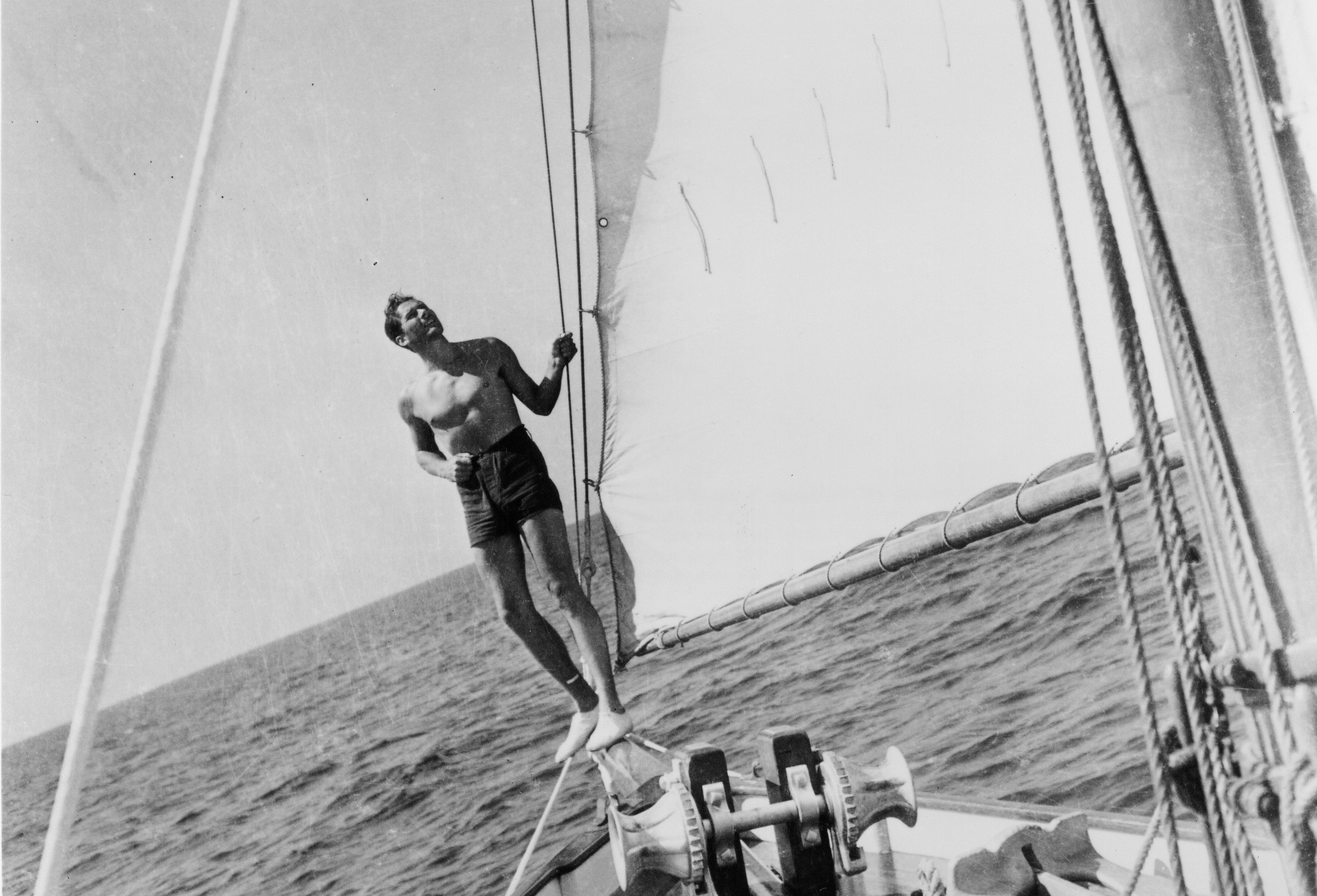The 1930’s and 40’s saw many advancements introduced to the film industry, but how did the struggling Australian production houses react proactively to the new and exciting sounds and colours?

Today we take sound in cinema for granted. In some films it’s an art, in some it’s background, in some it’s so unnoticeable as to never be mentioned. The fact is sound makes a film, whether the audience notices or not, and at first they didn’t. Critics in the early 1920’s found the sound quality in cinema to be abhorrent and distracting, and praised it only as a novelty.
Though patents for sound recording equipment in film date back as far back as 1919, the first film to be presented as a ‘talkie’ was not released until 1927. The Jazz Singer, directed by Alan Crosland, was the first full-length film to feature synchronised voices and singing sequences as opposed to sound effects or music. It was a massive success, with the audience gasping and applauding at hearing someone speak on film, descending into something close to chaos following the screening.
The film industry in Australia, now mainly screening American or British films and importing equipment from the USA, was eager to keep up. Seeing as most of the films screened to Australian audiences were from overseas, the public heard sound on film at roughly the same time the rest of the world did. Efftee Studios in Melbourne imported sound equipment from the United States and had Australian productions featuring sound as soon as 1931 with Diggers and The Sentimental Bloke.
Despite these and some other productions, the almost exclusive importation of American and British films was solidified by what was called the Cinematograph Films Act of 1927. This act established a quota of films that had to be shown in British cinemas and filmed in Great Britain. Not only did this mean that mostly overseas films were shown in Australian cinemas, but that any Australian-made films were unable to be shown in British cinemas. This was the true death of Australian film production.
Despite the lack of Australian films being made, Australian actors suddenly became in high demand during the 1930’s. This is best exemplified in the superstardom of Australian-born Erroll Flynn, a Tasmanian actor who was cast in the leading role in 1933’s In The Wake Of The Bounty. Directed by Charles Chauvel in his first attempt at a ‘talkie’, the film, revolving around the consequences of the mutiny on the bounty, created a buzz in the industry around Flynn, and encouraged him to move to Britain to purse a full-time career.
Flynn’s controversial and sensationalist lifestyle combined with his roles in such films as The Adventures of Robin Hood and The Charge of The Light Brigade established him as a Hollywood star, his Australian background and rugged handsomeness giving him an edge over other stars of the day.
Australian actors slowly started to become in demand in Hollywood. While stars such as Flynn were known for their suaveness and conventional good looks, there was a need for “action-men”, actors of a more natural, down-to-earth demeanour, which Hollywood looked for in Australians. The British film industry seemed to be enraptured with Australian history, and this period saw many films set in the Australian outback or based around themes of early colonialism. Eureka Stockade, On Our Selection, and The Rats of Tobruk saw Australia’s involvement in the First World War hit the screen as well as a focus on the Australian lifestyle as it was perceived by large film studios. These films also saw the appearance of legendary actor Chips Rafferty.
Rafferty, an actor from Broken Hill, found international fame, and was considered ‘the living symbol of the typical Australian’. Throughout the 1930’s and 40’s he appeared in numerous comedic and dramatic roles, starring in Forty Thousand Horseman, The Overlanders and Bush Christmas. Australians such as Raffery appeared to British and American audiences as rugged, hard-working, good spirited and chivalric men, which led to them starring mainly in films about war.

The Australian film industry, though keeping up with advancements in colour and sound, was still under the thumb of international production studios. Efftee Studios, despite their best efforts to produce Australian feature films, closed after only five years of production, mainly as a protest against the governments refusal to set Australian film quotas. Other studios, such as Cinesound Productions, though financially successful and run based on Hollywood models of business, also ceased production. World War Two had the same sorts of drastic impacts on the film industry in Australia, while abroad Hollywood continued to thrive.
Charles Chauvel showed the world Australian would refuse to give up without a fight with his 1955 film Jedda. Jedda, a tragic love story based around themes of Indigenous history and tradition, was the first Australian film to be shot in colour. While this is significantly later than colour films being introduced in the U.S and Britain, Chauvel was a driving force in keeping Australian cinema up to date with modern trends. Though not a large commercial success, the film embodies the Australian spirit of strength against adversity, and encouraged Australian audiences towards the fact we could make strong films using our own stories and settings, without relying on Hollywood importation.
Subscribe to FIB’s Weekly Alchemy Report for your weekly dose of music, fashion and pop culture news!







